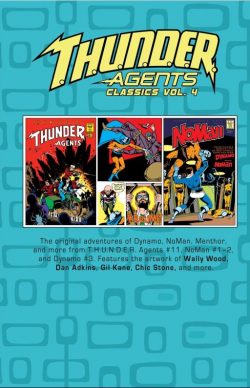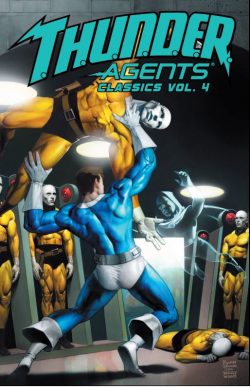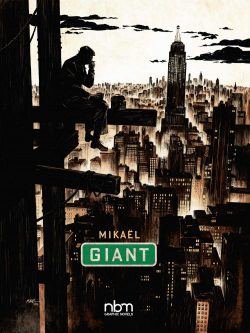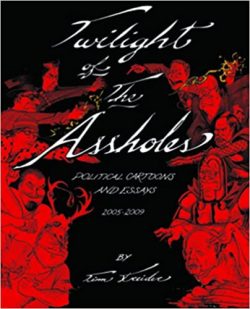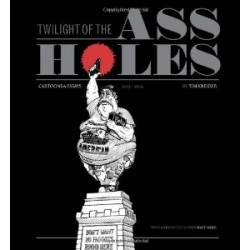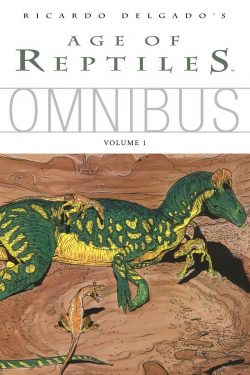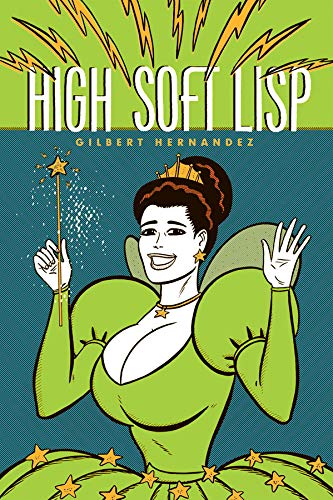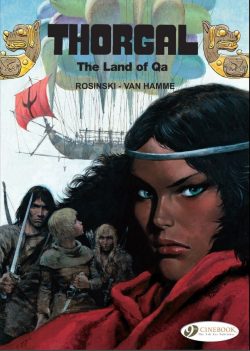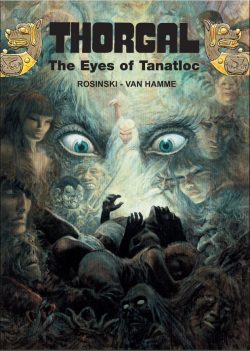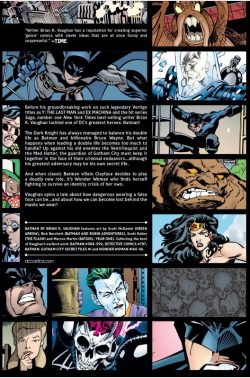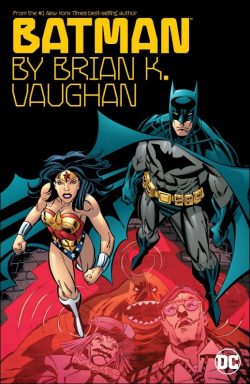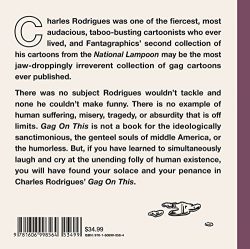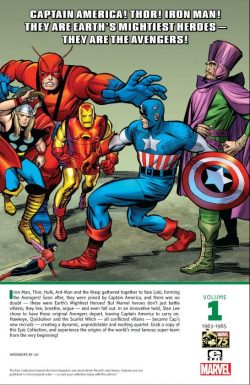
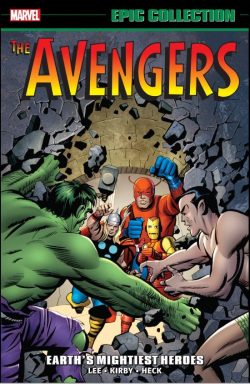
By Stan Lee, Jack Kirby, Larry Lieber, Larry Ivie, Don Heck, Dick Ayers & various (Marvel)
ISBN: 978-0-7851-8864-3(TPB)
After a period of meteoric expansion, in 1963 the burgeoning Marvel Universe was finally ready to emulate the successful DC concept that had cemented the legitimacy of the Silver Age of American comics.
The concept of putting a bunch of all-star eggs in one basket which had made the Justice League of America such a winner also inspired the moribund Atlas outfit – primarily Stan Lee, Jack Kirby & Steve Ditko – into inventing “super-characters†of their own. The result – in 1961 – was the Fantastic Four.
Nearly 18 months later, the fledgling House of Ideas had generated a small but viable stable of costumed leading men (but only sidekick women) so Lee & Kirby assembled a handful of them and moulded them into a force for justice and soaring sales…
Seldom has it ever been done with such style and sheer exuberance. Cover dated September 1963, The Avengers #1 launched as part of an expansion package which also included Sgt. Fury and his Howling Commandos and The X-Men…
Marvel’s Epic Collections – available in trade paperback and digital formats – are only one of many archival series faithfully compiling those groundbreaking tales and this premier volume gathers #1-20 of The Avengers (spanning March 1963 to September 1965) is a sequence no lover of superhero stories can do without…
The suspenseful action kicks off with ‘The Coming of the Avengers!’: Instead of starting at a neutral beginning Stan & Jack (plus inker Dick Ayers) presumed buyers had a passing familiarity with Marvel’s other heroes and so wasted very little time or space on introductions.
In Asgard, immortal trickster Loki is imprisoned on a dank isle, hungry for vengeance on his noble half-brother Thor. Whilst malevolently observing Earth, the god of evil espies the monstrous, misunderstood Hulk and mystically engineers a situation wherein the man-brute seemingly goes on a rampage, simply to trick the Thunder God into battling the monster.
When the Hulk’s teen sidekick Rick Jones radios the FF for assistance, devious Loki scrambles and diverts the transmission and smugly awaits the blossoming of his mischief. Sadly for the schemer, Iron Man, Ant-Man and the Wasp also pick up the redirected SOS. As the heroes all converge in the American Southwest to search for the Jade Giant, they realise that something is oddly amiss…
This terse, epic, compelling and wide-ranging yarn (New York, New Mexico, Detroit and Asgard in 22 pages) is Lee & Kirby at their bombastic best, and remains one of the greatest stories of the Silver Age (it’s certainly high in my own top ten Marvel Tales) and is followed by ‘The Space Phantom’ (Lee, Kirby & Paul Reinman), wherein an alien shape-stealer almost destroys the team from within.
With latent animosities exposed by the malignant masquerader, the tale ends with the volatile Hulk quitting the team in disgust, only to return in #3 as an outright villain in partnership with ‘Sub-Mariner!’ This globe-trotting romp delivers high-energy thrills and one of the best battle scenes in comics history as the assorted titans clash in abandoned World War II tunnels beneath the Rock of Gibraltar.
Inked by George Roussos, Avengers #4 was a groundbreaking landmark as Marvel’s greatest Golden Age sensation returns for another increasingly war-torn era. ‘Captain America joins the Avengers!’ has everything that made the company’s early tales so fresh and vital. The majesty of a legendary warrior returned in our time of greatest need: stark tragedy in the loss of his boon companion Bucky, aliens, gangsters, Sub-Mariner and even subtle social commentary and – naturally – vast amounts of staggering Kirby Action. It even begins with a cunning infomercial as Iron Man unsuccessfully requests the assistance of the company’s other fresh young stars, giving readers a taste of the other mighty Marvels on offer to them…
Reinman returned to ink ‘The Invasion of the Lava Men!’: another staggering adventure romp as the team battle incendiary subterraneans and a world-threatening mutating mountain… with the unwilling assistance of the ever-incredible Hulk…
However, even that pales before the supreme shift in artistic quality that is Avengers #6.
Chic Stone – arguably Kirby’s best Marvel inker of the period – joined the creative team just as a classic arch-foe debuts. ‘The Masters of Evil!’ reveals how Nazi super-scientist Baron Zemo is forced by his own arrogance and paranoia to emerge from the South American jungles he’s been skulking in since the Third Reich fell, after learning his despised nemesis Captain America has returned from the dead.
To this end, the ruthless war-criminal recruits a gang of previously established super-villains to attack New York City and destroy the Avengers. The unforgettable clash between valiant heroes and the vile murdering mercenaries Radioactive Man, Black Knight and the Melter is an unsurpassed example of prime Marvel magic to this day.
Issue #7 followed up with two more malevolent recruits for the Masters of Evil as Asgardian outcasts Enchantress and the Executioner ally with Zemo, just as Iron Man is suspended from the team due to misconduct occurring in his own series. This was the dawning of the close-continuity era where events in one series were regularly referenced and even built upon in others. The practise would quickly become a rod for the creators’ own backs and lead to a radical rethink…
It may have been ‘Their Darkest Hour!’, but #8 delivered the team’s greatest triumph and tragedy as Jack Kirby (inked with fitting circularity by Dick Ayers) relinquished his drawing role with the superbly entrancing invasion-from-time thriller which introduced ‘Kang the Conqueror!’ Riffing on the movie The Day the Earth Stood Still, the tale sees an impossible powerful foe defeated by the cunning of ordinary teenagers and the indomitable spirit of Earth’s Mightiest Heroes…
Whenever Jack Kirby left a title he’d co-created, it took a little while to settle into a new rhythm, and none more so than with these collectivised costumed crusaders. Although Lee and the fabulously utilitarian Don Heck were perfectly capable of producing cracking comics entertainments, they never had The King’s unceasing sense of panoramic scope and scale which constantly sought bigger, bolder blasts of excitement.
The Avengers evolved into an entirely different series when the subtle humanity of Heck’s vision replaced Kirby’s larger-than-life bombastic bravura. The series had rapidly advanced to monthly circulation and even The King could not draw the massive number of pages his expanding workload demanded. Heck was a gifted and trusted artist with a formidable record for meeting deadlines and, progressing under his pencil, sub-plots and character interplay finally got as much space as action and spectacle. After Kirby, the stories increasingly focused on scene-stealing newcomer Captain America: concentrating on frail human beings in costumes, rather than wild modern gods and technological titans bestriding and shaking the Earth…
Inked by Ayers, Heck’s first outing was memorable tragedy ‘The Coming of the Wonder Man!’ wherein the Masters of Evil plant superhuman Trojan Horse Simon Williams within the heroes’ ranks, only to have the conflicted infiltrator find deathbed redemption by saving them from the deadly deathtrap he creates…
Another Marvel mainstay debuts with the introduction of (seemingly) malignant master of time Immortus, who briefly combines with Zemo’s devilish cohort to engineer a fatal division in the ranks by removing Cap from the field in ‘The Avengers Break Up!’ A sign of the Star-Spangled Sentinel’s increasing popularity, the issue is augmented by a Marvel Masterwork Pin-Up of ‘The One and Only Cap’ courtesy of Kirby & Ayers…
An eagerly-anticipated meeting delighted fans when #11 declared ‘The Mighty Avengers Meet Spider-Man!’: a clever and classy cross-fertilising tale inked by Chic Stone. It features the return of the time-bending tyrant conqueror as he attempts to destroy the team by insinuating a robotic duplicate of the outcast arachnid within their serried ranks. It’s accompanied by Heck’s Marvel Master Work Pin-up of ‘Kang!’ and is followed by a cracking end-of-the-world thriller with guest-villains Mole Man and the Red Ghost doing their best avoid another clash with the Fantastic Four.
This was another Marvel innovation, as – according to established funnybook rules – bad guys stuck to their own nemeses and didn’t clash outside their own backyards….
‘This Hostage Earth!’ (inked by Ayers) is a welcome return to grand adventure with lesser lights Giant-Man and the Wasp taking rare lead roles, but is trumped by a rousing gangster thriller of a sort seldom seen outside the pages of Spider-Man or Daredevil, premiering Marvel universe Mafia analogue the Maggia and another major menace in #13’s ‘The Castle of Count Nefaria!’
After crushingly failing in his scheme to frame the Avengers, Nefaria’s caper ends on a tragic cliffhanger as Janet Van Dyne is left gunshot and dying, leading to a peak in melodramatic tension in #14 – scripted by Paul Laiken/Larry Ivie & Larry Lieber over Stan’s plot – as the traumatised team scour the globe for the only surgeon who can save her.
‘Even Avengers Can Die!’ – although of course she doesn’t – resolves into an epic alien invader tale with overtones of This Island Earth with Kirby stepping in to lay out the saga for Heck & Stone to illustrate. This only whets the appetite for the classic climactic confrontation that follows as the costumed champions finally deal with the Masters of Evil and Captain America finally avenges the death of his dead partner.
‘Now, by My Hand, Shall Die a Villain!’ in #15 – laid-out by Kirby, pencilled by Heck and inked by Mike Esposito – features the final, fatal confrontation between Cap and Zemo in the heart of the Amazon, whilst the other Avengers and the war-criminal’s cohort of masked menaces clash once more on the streets of New York City…
The battle ends with ‘The Old Order Changeth!’ (broken down by Kirby before being finished by Ayers) presaging a dramatic change in concept for the series; presumably because, as Lee increasingly wrote to the company’s unique strengths – tight continuity and strongly individualistic characterisation – he found juggling individual stars in their own titles as well as a combined team episode every month was just incompatible if not impossible…
As Cap and substitute sidekick Rick Jones fight their way back to civilisation, the Avengers institute changes. The big-name stars retire and are replaced by three erstwhile villains: Hawkeye, Quicksilver and the Scarlet Witch.
Eventually, led by perennial old soldier Captain America, this relatively powerless group with no outside titles to divide the attention (the Sentinel of Liberty did have a regular feature in Tales of Suspense but at that time it featured adventures set during WWII), evolved into another squabbling family of flawed, self-examining neurotics, enduring extended sub-plots and constant action as valiant underdogs; a formula readers of the time could not get enough of and which still works today…
Acting on advice from the departing Iron Man, the neophytes seek to recruit the Hulk to add raw power to the team, only to be sidetracked by the Mole Man in #17’s kFour Against the Minotaur!’ (Lee, Heck & Ayers), after which they then fall foul of a dastardly “commie†plot ‘When the Commissar Commands!’ – necessitating a quick trip to thinly-disguised Viet Nam analogue Sin-Cong to unwittingly battle a bombastic android…
This brace of relatively run-of-the-mill tales is followed by an ever-improving run of mini-masterpieces: the first of which wraps up this initial Epic endeavour with a 2-part gem providing an origin for Hawkeye and introducing a rogue-ish hero/villain.
‘The Coming of the Swordsman!’ introduces a dissolute and disreputable swashbuckler – with just a hint of deeply-buried flawed nobility – who attempts to force his way onto the highly respectable team. His rejection leads to him becoming an unwilling pawn of a far greater menace after being kidnapped by A-list would-be world despot the Mandarin.
The conclusion comes in the superb ‘Vengeance is Ours!’ – sublimely inked by the one-&-only Wally Wood – wherein the constantly-bickering Avengers finally pull together as a supernaturally efficient, all-conquering super-team…
The bonus features in this titanic tome include September 1963 house ads for the imminently debuting Avengers, augmented by production-stage correction photostats and original art by Kirby, Ayers, Heck and Wood.
These immortal tales defined the early Marvel experience and are still a joy no fan should deny themselves or their kids.
© 2019 MARVEL.


